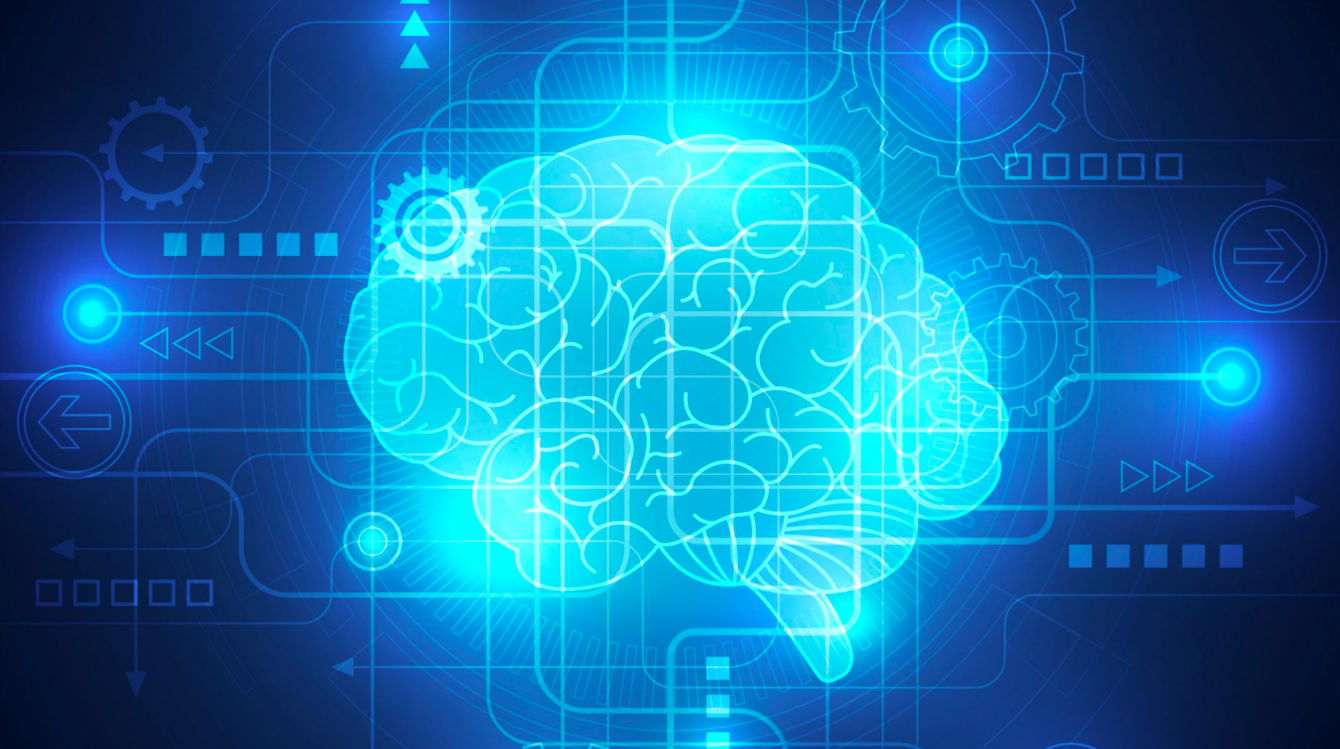Let's Get Glowing
/image courtesy of telegraph.co.uk
Bioluminescence. Insects and mushrooms and other creatures filled with glowing fluid. There are biological explanations for this, but what if there are other reasons? Perhaps the creatures that glow are more heavenly than others? They are a light to the animals and insects who walk in the darkness.
When I lived in Guelph many moons ago, the firefly population of the forests there were abnormally high. As we drank our beers and walked through the forest paths under the full moon, hundreds of fireflies would explode out of the grass and bushes, creating a green star-field around us as we carried onward.
We would go into the forest on purpose to enter this sight. Weekend after weekend we went, and weekend after weekend we were greeted by our hypnotic friends.
The fireflies seemed like more than just chemicals as they covered the area with their mysterious airborne glow; appearing, disappearing, then reappearing in a perfect rhythm. There was an aesthetic reason for their existence, a purpose of beauty and sight. They commanded us to step into their star-field, beckoned us onward with their magnetic pull. They were shooting stars in slow motion, illuminating the darkness of Ontario.
Way down on the forest floor, does the insect seek the cover of a glowing mushroom? Do they feel better under the warm glow of its greenish hum? Do the creatures of the forest avoid eating the mushrooms because of their glow? Are animals susceptible to enjoying their beauty?
I imagine a colony of tiny critters, awaiting the sun to set, so they can embark on their journey to the glow-shrooms. Under its canopy of green light, they partake in their holy rituals, which they do to ensure that the sun rises on the following morning. The fireflies perch themselves upon the top of the mushrooms and defend the ritual of the critters from the dark smelly insects; the shit-eaters and the rot-munchers. They fight a localized battle for the light and the dark. The moon watches and waits—she cheers for the critters in their fight against the darkness. She wants the return of the sun, too.
But maybe that just happens in myths and animated children’s films.
Maybe the glow is just a glow; a mating display, a type of camouflage, a misdirection? Maybe the glow is just chemicals, and nothing more? Either way, beauty exists where it is perceived. And more importantly, beauty exists where we decide to put it.
Christopher Sire
Christopher is a second year Professional Writing student at Algonquin College who specializes in fantasy and science fiction. He avoids TV like the plague; he sings and plays guitar in his spare time.






